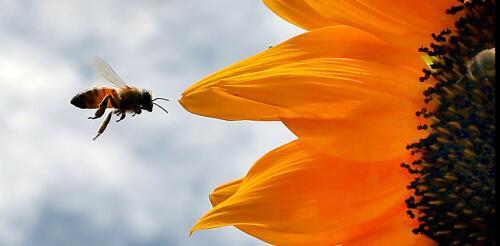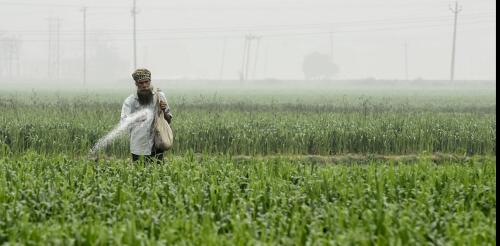Pesticides
Rats thrive around humans, for good reason: They feed off crops and garbage and readily adapt to many settings, from farms to the world’s largest cities. To control them, people often resort to poisons. But chemicals that kill rats can also harm other animals. The most commonly used poisons are called anticoagulant rodenticides. They work by interfering with blood clotting in animals that consume them. These enticingly flavored bait blocks are placed outside of buildings, in small black boxes that only rats and mice can enter. But the poison remains in the rodents’ bodies, threatening larger animals that prey on them. My colleagues and I recently reviewed studies from around the world that sought to document wild mammal carnivores’ exposure to anticoagulant rodenticides. Many animals tested in these studies were already dead; others were alive and a part of other studies. Researchers detected rodenticides in about one-third of the animals in these analyses, i...
Have you ever wondered about that sharp, green note that hits your nose when you mow the lawn or cut flower stems? Those are green leaf volatiles, or GLVs: easily evaporated oils that plants use to communicate with other plants and defend themselves against herbivores or pathogens like bacteria or fungi. Almost every green plant can quickly synthesize and release GLVs when attacked, both directly warding off attackers as well as indirectly attracting predators of herbivores like insects and priming the plant’s other defense mechanisms. Researchers know that GLVs play an important role in protecting plants, but how they work remains unclear. I am a biochemistry researcher, and through a collaboration between the Wang Lab and Stratmann Lab of the University of South Carolina, my colleagues and I study how plant cells deploy green leaf volatiles. In our recently published research, we identified the potential signaling pathways GLVs use to induce defense responses in tomato c...
Living near farmland can significantly increase people’s exposure to glyphosate, the active ingredient in the widely used herbicide Roundup, new research shows. This chemical has been connected to health concerns, including non-Hodgkin lymphoma and a higher risk of preterm birth. We are environmental health scientists who study pesticide exposures in human populations, including exposures to herbicides. In our newly published research, we tracked glyphosate levels in pregnant women for 10 months. We found that those who were living within about a third of a mile (500 meters) of an agricultural field had significantly higher levels of glyphosate in their urine than those who lived farther away. Importantly, we only saw those differences during the time of year when farmers spray glyphosate on their fields, further suggesting agricultural spray as the source of this exposure. Our research also found that eating organic food, produced without the use of synthetic pesticides,...
Bees help pollinate over a third of the world’s crops, contributing an estimated US$235 billion to $577 billion in value to global agriculture. They also face a myriad of stresses, including pathogens and parasites, loss of suitable food sources and habitat, air pollution and climate-driven weather extremes. A recent study has identified another important but understudied pressure on bees: “inert” ingredients in pesticides. All pesticide products in the U.S. contain active and inert ingredients. Active ingredients are designed to kill or control a specific insect, weed or fungus and are listed on product labels. All other ingredients – emulsifiers, solvents, carriers, aerosol propellants, fragrances, dyes and such – are considered inert. The new study exposed honeybees to two treatments: the isolated active ingredients in the fungicide Pristine, which is used to control fungal diseases in almonds and other crops, and the whole Pristine formulation...
Feeding a growing world population has been a serious concern for decades, but today there are new causes for alarm. Floods, heat waves and other weather extremes are making agriculture increasingly precarious, especially in the Global South. The war in Ukraine is also a factor. Russia is blockading Ukrainian grain exports, and fertilizer prices have surged because of trade sanctions on Russia, the world’s leading fertilizer exporter. Amid these challenges, some organizations are renewing calls for a second Green Revolution, echoing the introduction in the 1960s and 1970s of supposedly high-yielding varieties of wheat and rice into developing countries, along with synthetic fertilizers and pesticides. Those efforts centered on India and other Asian countries; today, advocates focus on sub-Saharan Africa, where the original Green Revolution regime never took hold. In this Oct. 25, 2000, episode of the television drama ‘The West Wing,’...




